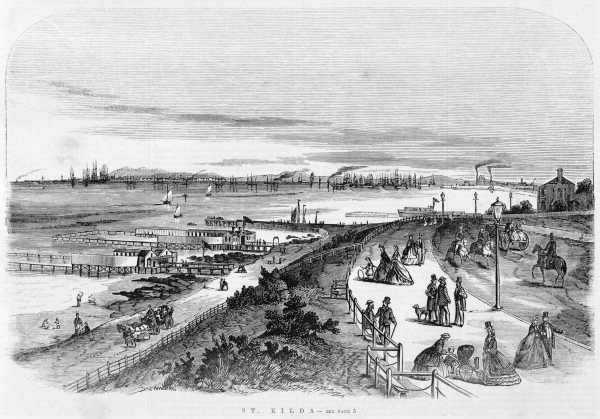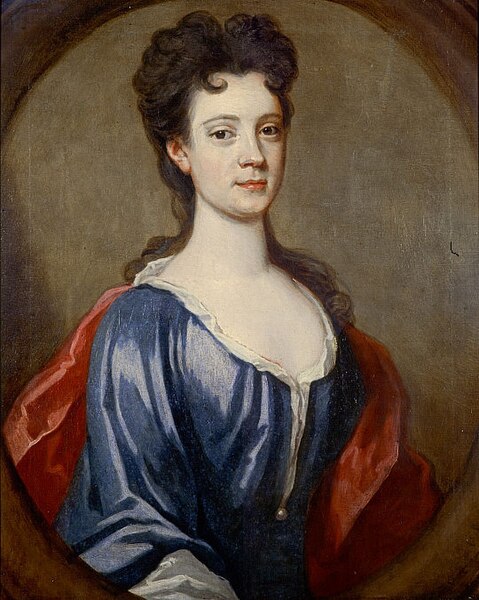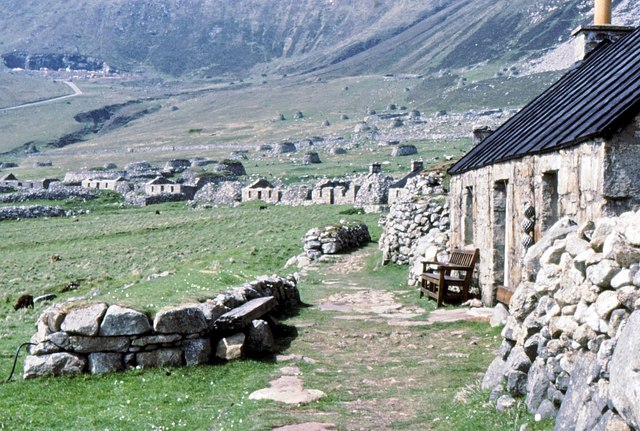The cab driver was fairly chatty, which is not unusual. We talked about this and that as he drove me home; and by 'we talked' I mean he jabbered away at me at high speed about every random subject imaginable while I stared out the window and went 'Hmmm...'. At one point, he noted that he lived in St Kilda and that it was a pretty neat place. And then:
'I wonder who Saint Kilda was?'
He asked, before saying 'anyway...' and moving on to tell me about his sister and his aunt and his dog and the first car that he bought when he was teenager.
But his previous question piqued my interest. Who, in fact, was Saint Kilda? And how did they get their name attached to a suburb of Melbourne? Not being a religious person, it didn't shock me that I wasn't familiar with the saint's name, but I was curious enough to look it up online when I get home.
And this was the moment that I started to read about the history of the city I now call home.
It turns out that the short answer to my cabby friend's question is a very simple one: There is no Saint named Kilda, and there never was one. The suburb isn't named after a religious figure at all. The actual answer as to where this name came from is more complicated, and represents a fascinating journey in time and space.
The indigenous Yalukit-William tribe from the Kulin Nation were the traditional owners of the land that became St Kilda, and they referred to the area as Euroe Yroke. European settlers began to arrive in the latter part of the 1830's, mostly pastoralists looking for new farm land, and they largely settled on the banks of the Yarra river.
But some farmers spread out south of the fledgling settlement, the first leaseholds being taken in the St Kilda area in 1839, when it was referred to simply as 'Green Knoll.' In 1842, as the city expanded, 22 allotments of land were officially surveyed and offered for sale by the local authorities, this new formalised settlement to be called 'The Village of Fareham' (after a village in Hampshire where some of the new residents hailed from).
But the previous year, a large trading ship had arrived in Melbourne and had anchored south of the city, directly adjacent to the proposed site of the new village. The name of this vessel; 'The Lady of St Kilda.' The ship anchored in Melbourne for some months and dominated the largely undeveloped shoreline to such an extent that the area was soon referred to locally as 'The St Kilda foreshore.'
 |
| The Lady of St Kilda, at anchor. |
 |
| The Lady of St Kilda depicted on a contemporary rail bridge. |
The first purchaser was James Ross Lawrence, who had been the master mate on the Lady of St Kilda. Allowed to name the street that fronted his block of land, Lawrence chose Acland Street, after Sir Thomas Acland, the ship's original owner.
 |
| St Kilda in 1864, shortly after its founding. |
So if the suburb is named after a boat, where then did this craft take it's name from?
The Lady of St Kilda was a schooner, built in Devon in 1834 for Acland and used by him as part of his trading business (initially bringing fruit from the Mediterranean to England). Acland named the ship after a visit his wife Lydia had paid the St Kilda archipelago, part of the Outer Hebrides Islands off the coast of Scotland, for a holiday in 1810.
Although the lady of the ship's name is not Lydia herself but Lady Grange, a famous prisoner once kept on Hirta, the main island of the St Kilda group.
Lady Grange was the wife of James Erskine, a wealthy 18th century Scottish lord and barrister. In 1732, the good lady discovered papers that showed her husband was involved in a plot to overthrow the British monarchy. The plot was part of an ultimately failed coup attempt designed to install Scottish heir Bonnie Prince Billy on the British throne. Outraged by this treasonous behaviour, Lady Grange immediately determined to reveal her husband's activities. But Erskine was alerted to his wife's maneuver and struck first.
 |
| Rachael Chiesley, AKA Lady Grange |
Lady Grange was abducted at her husband's order and taken initially to an isolated castle that he owned in northern Scotland. She was then interred in a private mental hospital before being moved to the St Kilda islands around 1735. Now imprisoned in one of the most isolated inhabited spots on Earth, the noblewoman endured years of degrading treatment; living alone in a stone dwelling with an earthen floor, among a small local population who spoke no English, suffering poor health due to the island's harsh climate and lifestyle.
 |
| Barren, windswept, primitive; a village street on Hirta |
Acland then, had had his attention brought to St Kilda by his wife's visit, and had named his ship as tribute to this long suffering British patriot.
But what of the islands themselves? Where did they take their name from? What is the root of the name 'St Kilda'?
While opinions differ, the most widely accepted theory has this as a simple translation error. The first settlers of the islands were Norse, and some histories show the name of the islands recorded as Skildir, an old Norse word meaning 'shield.' This has been mis-recorded on a Dutch map from 1583, which has the name as Skildar. These same charts were revised and updated by the Dutch Government in 1592, Skildar now being misrecorded as S.Kilda. This type of error was common at the time, due to human error and the primitive means available for recording printed information.
As the Dutch were among the foremost seafarers of this time period, and among the furthest travelled, many other countries would base their own official charts on those of the Dutch. British chart makers who used this 1592 map as the basis for their own work, simply assumed that S.Kilda was a shorthand way of recording St Kilda, and recorded it as such themselves.
And so a previously unrecorded Saint was summoned into existance, which 250 years later would find it's way into the name of one of Melbourne's beachside suburbs. The last of Hirta's population left the islands in 1930, the St Kilda islands are now a UNESCO listed World Heritage Site.






























